Expansion of Offshore Activities
The expansion of offshore activities, particularly in the oil and gas sector, is a significant driver for the Remotely Operated Vehicle Market (ROV) Market. As exploration and production activities move further offshore, the need for advanced underwater technology becomes paramount. ROVs are essential for conducting subsea operations, including installation, maintenance, and repair of underwater infrastructure. The offshore oil and gas market is expected to witness substantial investments, which could lead to an increased demand for ROVs. This trend suggests that the ROV market will continue to thrive as companies seek reliable solutions for complex underwater tasks.
Increased Investment in Marine Research
Increased investment in marine research initiatives is a crucial driver for the Remotely Operated Vehicle Market (ROV) Market. Research institutions and governmental bodies are allocating more resources to explore and understand marine environments, leading to a higher demand for ROVs. These vehicles are instrumental in conducting underwater research, enabling scientists to gather data on marine life, geological formations, and oceanographic phenomena. The growing recognition of the importance of marine research is likely to propel the ROV market forward, as more projects require advanced underwater exploration tools to facilitate their objectives.
Technological Innovations in ROV Design
Technological innovations in ROV design and functionality are driving advancements in the Remotely Operated Vehicle Market (ROV) Market. Recent developments in robotics, artificial intelligence, and sensor technology have enhanced the capabilities of ROVs, making them more efficient and versatile. These innovations allow ROVs to perform complex tasks, such as deep-sea exploration and real-time data transmission, which were previously challenging. As technology continues to evolve, the ROV market is likely to experience increased adoption across various sectors, including research, defense, and commercial applications, thereby expanding its reach and impact.
Growing Demand for Underwater Inspection
The increasing need for underwater inspection across various industries is a primary driver for the Remotely Operated Vehicle Market (ROV) Market. Industries such as oil and gas, marine construction, and environmental monitoring are increasingly relying on ROVs for tasks like pipeline inspections, structural assessments, and environmental surveys. According to recent data, the underwater inspection market is projected to grow significantly, with ROVs playing a crucial role in enhancing operational efficiency and safety. This trend indicates a robust demand for ROVs, as they provide a cost-effective and safe alternative to traditional inspection methods, thereby driving the growth of the ROV market.
Rising Focus on Environmental Monitoring
The rising focus on environmental monitoring and conservation efforts is increasingly influencing the Remotely Operated Vehicle Market (ROV) Market. Governments and organizations are investing in ROV technology to monitor marine ecosystems, assess the impact of climate change, and conduct research on biodiversity. The demand for ROVs in environmental studies is expected to grow, as they provide valuable data collection capabilities in challenging underwater environments. This trend indicates a potential expansion of the ROV market, as more entities recognize the importance of utilizing advanced technology for environmental protection and sustainable practices.
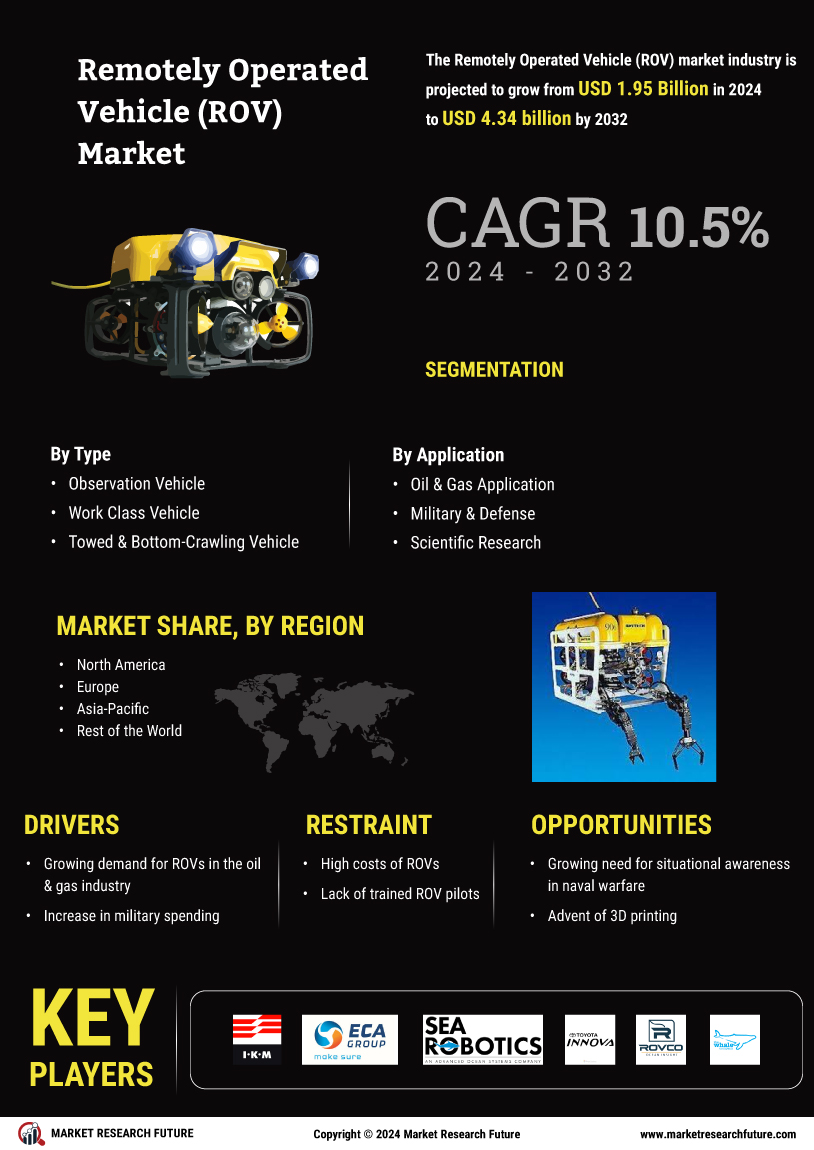
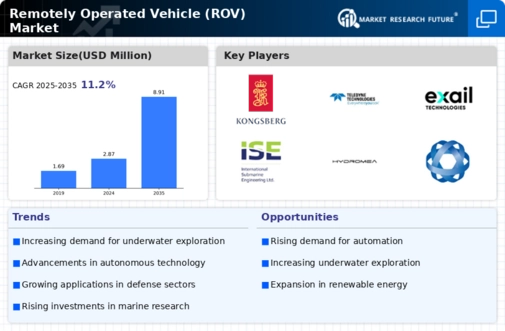
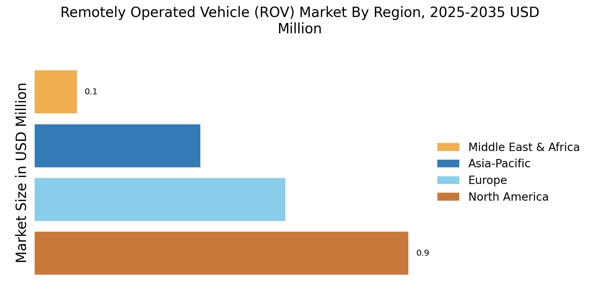
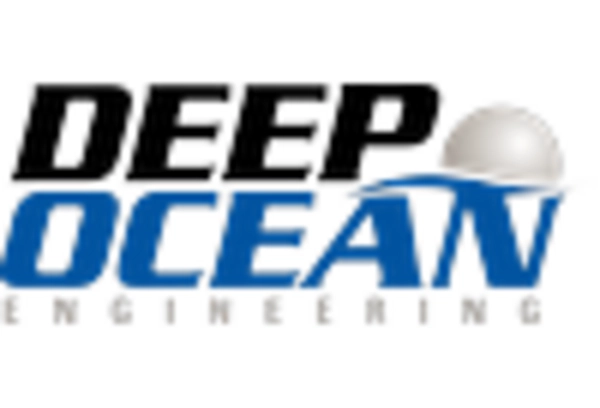
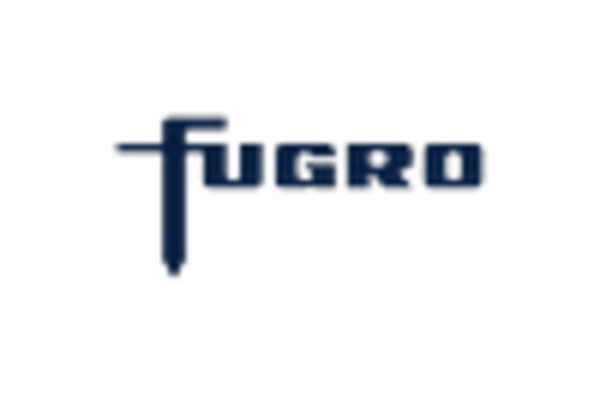












Leave a Comment